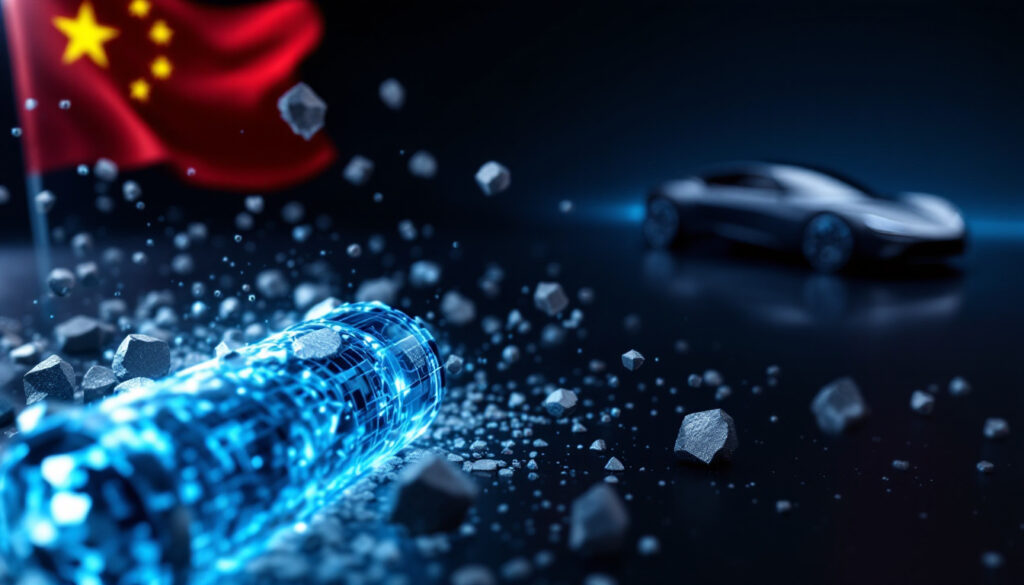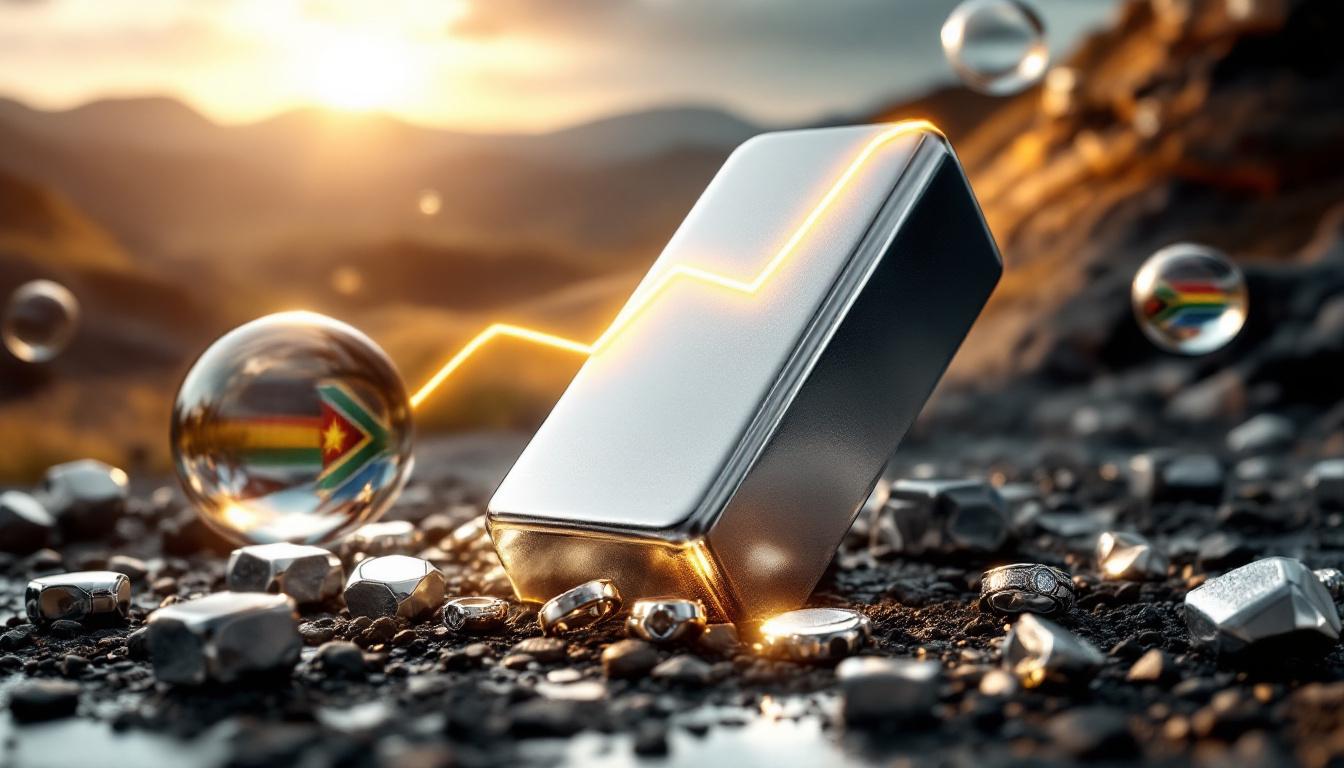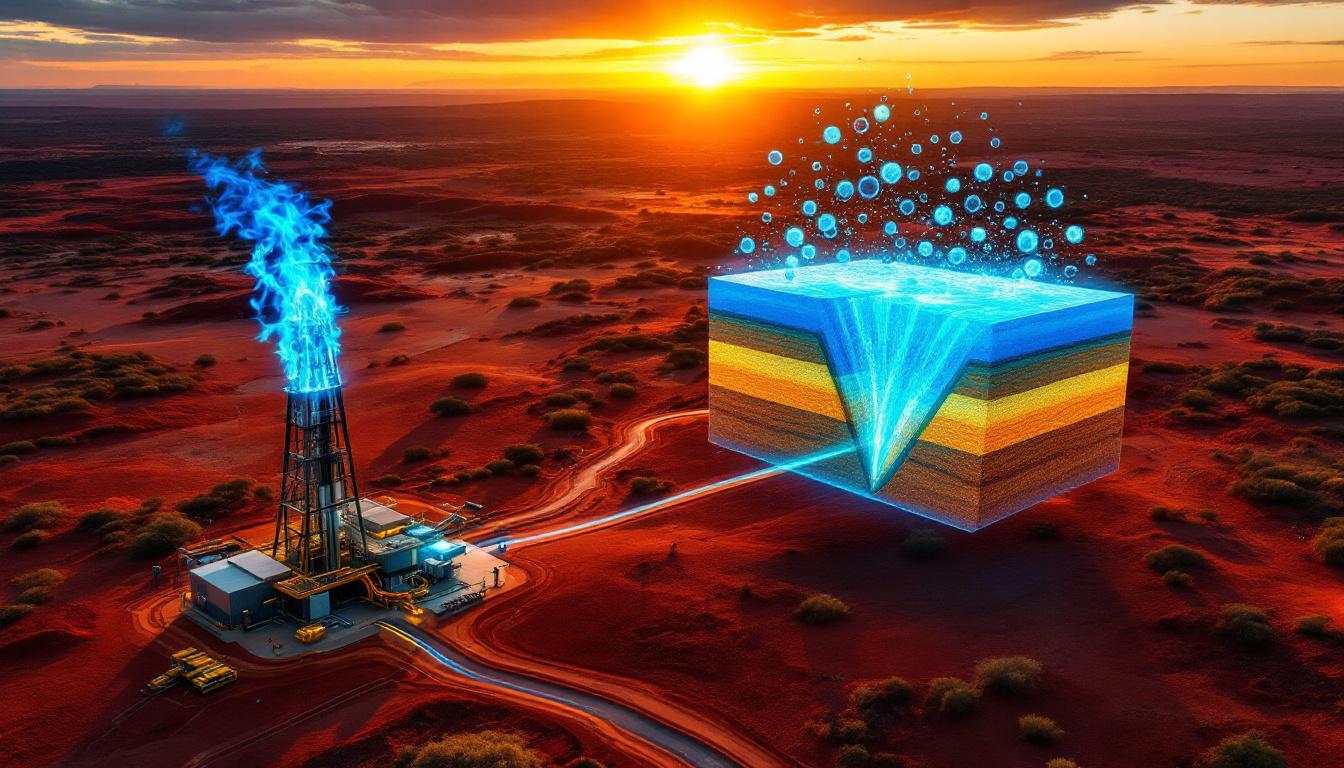What Is Causing the Global Graphite Shortage?
The Perfect Storm of Supply and Demand
Global natural graphite production in 2024 reached approximately 1.3 million tonnes, while synthetic graphite production totaled around 3 million tonnes. With total demand hovering between 3.7-3.8 million tonnes, the market faces immediate supply pressure that continues to intensify.
China's dominance in this sector cannot be overstated – the country controls nearly 80% of global graphite supply and holds over 95% market share specifically for battery-grade graphite, creating a precarious situation for Western economies.
According to Benchmark Mineral Intelligence, natural graphite demand is forecast to increase by a staggering 140% by 2030, requiring an additional 1.7 million tonnes of material. Meeting this demand will necessitate approximately 31 new natural graphite mines and 12 new synthetic graphite plants globally – an enormous industrial expansion that appears increasingly unlikely within the timeframe.
"We're witnessing an unprecedented supply crunch that most industry observers failed to anticipate," notes James Cross, CEO of E-Power Resources. "The scale of new production required by 2030 is simply enormous, and we're already behind schedule."
Critical Component in Multiple Industries
The graphite shortage and global supply fight becomes clearer when examining its applications. A standard 50 kilowatt-hour EV battery requires approximately 100kg of graphite – exceeding the combined weight of lithium, manganese, cobalt, and nickel in the same battery.
Graphite serves as the anode (negative terminal) in lithium-ion batteries, making it irreplaceable in current battery technology. Beyond EVs, the defense industry relies heavily on graphite for artillery, tanks, ships, and ammunition production.
The mineral's strategic importance extends to manufacturing bases worldwide, with advanced manufacturing increasingly dependent on reliable graphite availability. As battery production accelerates globally, this dependency will only deepen.
Why Is Graphite Called the "Silent Partner" of the Energy Transition?
Overlooked Despite Critical Importance
Despite being the largest material component in EV batteries by weight, graphite has historically received far less attention than other battery materials like lithium and cobalt. James Cross of E-Power Resources explains: "Graphite was often ignored in spite of being the largest material component of EV batteries. The focus has always been on cathode materials and lithium supply."
Ahmed Mehdi from the Oxford Institute for Energy Studies aptly dubbed graphite the "silent partner" of energy transition – essential yet overlooked in public discourse. This neglect appears deliberate in some cases, as industry and EV battery manufacturers have carefully avoided discussing graphite vulnerabilities to prevent highlighting this critical supply chain weakness.
Technical innovation has also lagged in this area, with anode technology developments significantly behind cathode innovations. While cathode chemistry has seen multiple generations of improvement, anode materials have remained relatively unchanged.
Economic and Technical Considerations
Part of graphite's low profile stems from economic factors – anode active material typically accounts for only 7-10% of battery cell cost, making it less of a financial concern for manufacturers than other components.
Technically, graphite provides an ideal combination of high thermal and electrical conductivity, reasonable energy density, and strong cycling ability. Its relatively low cost compared to alternative materials has made it the standard choice for battery anodes.
Industry analysts project that by late 2025, graphite demand from the battery sector will overtake traditional steel sector demand for the first time – marking a historic shift in the market dynamics of this critical mineral.
How Severe Is the Western World's Graphite Supply Problem?
Alarming Lack of Domestic Production
The supply situation in Western nations is dire. Major mining countries including the United States, Canada, and Australia have virtually no significant domestic graphite production. The US currently has zero graphite mines in operation, Canada has only one very small producing graphite mine, and Australia currently has no active graphite production.
This domestic supply vacuum becomes more concerning when considering North American battery manufacturing capacity is expected to reach 600 GWh by 2026, up from just 56 GWh in 2021. By 2030, North American battery manufacturing is projected to hit 1 terrawatt-hour – representing a 1,686% surge in less than a decade.
Dr. Melissa Chen, resource security analyst at the Strategic Materials Institute, warns: "North America faces a graphite supply cliff. Without rapid development of domestic sources, the entire EV transition is at risk of becoming hostage to foreign supply chains."
Price Dynamics and Market Pressure
Current market conditions reflect these underlying tensions. Natural graphite prices sit approximately 15% above the extreme lows reached in March 2024, with all-in sustaining costs slightly above -100 mesh graphite prices (the flake size used most commonly in batteries).
High-quality flake graphite currently commands between $2,000 and $2,400 per tonne, while spherical graphite – the processed form used in batteries – reaches $4,000 to $4,700 per tonne.
Industry experts describe the current pricing dynamics as "unsustainable," with production costs often exceeding market prices for some grades. This price compression threatens to further limit new supply by deterring investment in new projects.
How Is the United States Responding to Chinese Graphite Dominance?
Trade Protections and Legal Actions
The United States is taking increasingly aggressive steps to counter Chinese dominance in graphite supply. US graphite producers won a preliminary International Trade Commission (ITC) case against China in early 2025, with the commission ruling that China had suppressed the domestic graphite industry through artificially cheap exports.
This case was initiated in December 2024 by American Active Anode Material Producers, a group that includes ASX-listed Novonix. The coalition sought investigation into unfair pricing practices and requested substantial import tariffs.
The case is proceeding under US antidumping and countervailing duty statutes, with additional tariffs potentially being imposed equal to the extent of unfair pricing – potentially reaching 100% or more on certain graphite imports from China.
Strategic Investment and Defense Initiatives
Beyond trade measures, Trump's policies reshaping commodity markets invoked the Defense Production Act to address critical minerals supply, providing financing, loans, and investment incentives to stimulate domestic production. The US Department of Defense is creating specialized grants to develop Canadian graphite projects, recognizing the need for a North American supply solution.
Novonix's Riverside facility in Tennessee is set to become the first large-scale synthetic graphite production site in North America, with commercial production planned for early 2026 and anticipated annual output of 20,000 tonnes. While significant, this represents only a fraction of projected North American demand.
Senator Mark Warner, Chair of the Senate Select Committee on Intelligence, recently emphasized: "Graphite supply security isn't just an economic issue – it's a national security imperative. We cannot allow America's energy future to be controlled by potential adversaries."
What Does the Future Hold for Graphite Supply and Demand?
Growing Battery Sector Demand
The trajectory of graphite demand appears firmly established, with EV battery demand projected to reach 9,300 gigawatt-hours (GWh) by 2035 – requiring unprecedented volumes of battery-grade graphite.
As previously noted, graphite demand from the battery sector is expected to overtake the traditional steel sector by late 2025, fundamentally reshaping market dynamics. Supply chain regionalization efforts are accelerating, with innovative US graphite processing facility expanding outside China, though progress remains slow compared to demand growth.
Rising energy costs present an additional challenge, particularly affecting synthetic graphite production, which is highly energy-intensive. Producers in North America and Europe face significantly higher energy costs than their Chinese counterparts, further complicating efforts to establish competitive domestic supply.
Investment and Development Outlook
Peak Asset Management expects continued momentum in the graphite sector, with growing emphasis on ESG challenges in the mining industry as Western manufacturers seek responsibly sourced materials.
E-Power Resources is advancing its Tetepisca property in Québec, located in the promising Tetepisca Graphite District. This region contains defined resources exceeding 120 million tonnes at an average grade of about 14% graphitic carbon – representing one of North America's most significant graphite deposits.
The Quebec government is partially funding a 200,000-tonne-per-annum battery anode material manufacturing facility in the province, demonstrating government commitment to establishing domestic supply chains.
"The new graphite paradigm requires entirely new thinking about project development," explains mining analyst Victoria Rodriguez. "Producers need to consider the entire value chain from mine to battery cell. The days of simply mining and exporting raw graphite are over – vertical integration is becoming essential."
FAQ: Understanding the Graphite Market
Why is graphite essential for EV batteries?
Graphite serves as the anode (negative terminal) in lithium-ion batteries due to its excellent electrical conductivity, stability, and relatively low cost. Without graphite, lithium-ion batteries cannot function. The material's unique crystalline structure allows lithium ions to intercalate between graphite layers during charging and discharging cycles – a property no other commercially viable material can currently match at scale.
How much graphite is needed for EV production?
A typical 50 kilowatt-hour EV battery requires approximately 100kg of graphite, which is more than the combined weight of lithium, manganese, cobalt, and nickel in the battery. As EV ranges increase and battery sizes grow, this requirement increases proportionally. For context, producing 20 million electric vehicles annually – the projected global production by 2030 – would require approximately 2 million tonnes of battery-grade graphite.
Which countries currently dominate graphite production?
China controls nearly 80% of global graphite supply and holds over 95% market share for battery-grade graphite specifically. Western countries like the US, Canada, and Australia have minimal or no domestic production. Brazil, Mozambique, and Madagascar have some production capacity but lack processing facilities to create battery-grade material. This concentration of supply in one country creates significant critical minerals race amid geopolitical tensions for the entire EV supply chain.
What steps are Western nations taking to secure graphite supply?
Western nations are implementing a multi-faceted approach including trade protections, invoking defense production measures, providing financial incentives for domestic production, and developing strategic partnerships to accelerate North American and Australian graphite projects. Additionally, recycling initiatives are gaining momentum, with new technologies enabling recovery of graphite from spent batteries. However, the recent graphite mine halt in Mozambique demonstrates ongoing vulnerabilities in the supply chain. Even with accelerated development, most analysts believe Western nations will remain dependent on Chinese graphite to some degree for at least the next decade.
Looking to Invest in the Next Major Graphite Discovery?
Don't miss potential opportunities in the critical graphite sector as supply shortages intensify. Visit Discovery Alert's dedicated discoveries page to understand how major mineral discoveries can lead to significant market returns, with real-time alerts powered by the proprietary Discovery IQ model giving you an immediate market edge.




